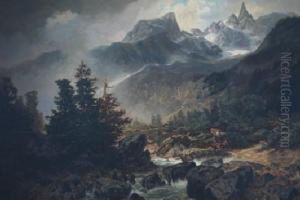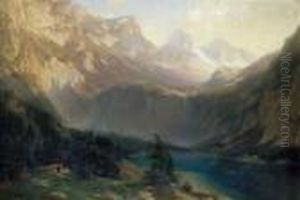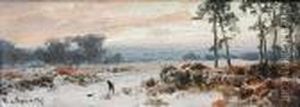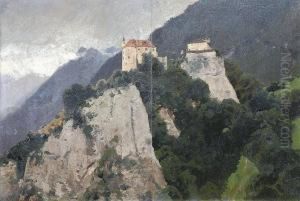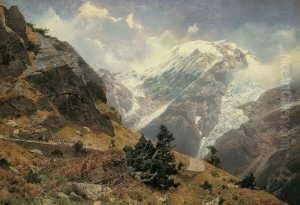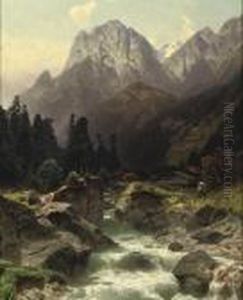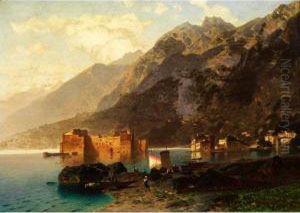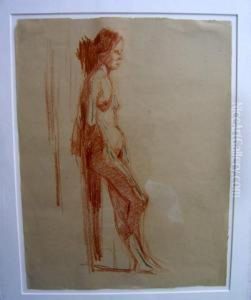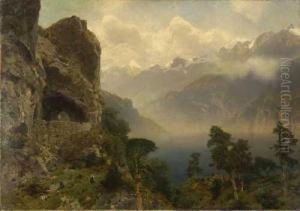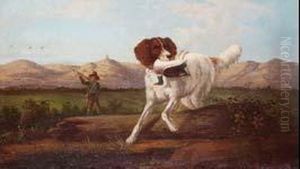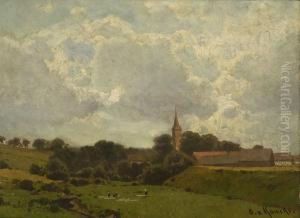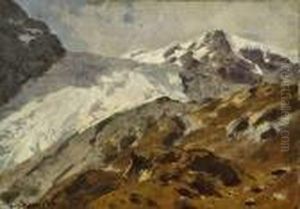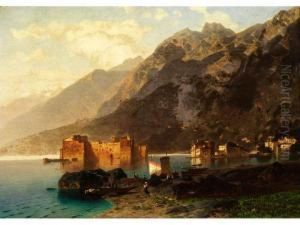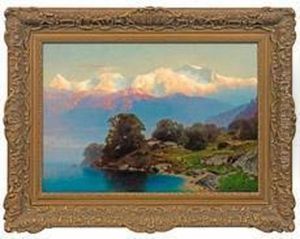Otto Werner Henning Von Kameke Paintings
Otto Werner Henning von Kameke was a distinguished Prussian painter, born on October 14, 1826, in Potsdam, Kingdom of Prussia. He was renowned for his landscape and military paintings, capturing the essence of Prussian military life and the beauty of the European countryside with remarkable detail and emotion. Von Kameke's artistic journey began at the Prussian Academy of Arts, where he honed his skills and developed a keen interest in landscape painting. His early works were influenced by the Romantic movement, characterized by a deep appreciation for nature and a focus on emotion and atmosphere.
After completing his studies, von Kameke traveled extensively across Europe, drawing inspiration from various landscapes and incorporating different styles into his work. His travels not only broadened his artistic horizon but also allowed him to witness military campaigns firsthand, which later became a central theme in many of his paintings. Von Kameke's military paintings are noted for their accuracy in depicting uniforms, formations, and the atmosphere of battlefields, which he achieved through meticulous research and observation.
Throughout his career, von Kameke received numerous commissions from the Prussian court and military, including works depicting significant battles and military figures. His paintings were celebrated for their technical precision, vivid portrayal of light and mood, and the ability to convey the grandeur and solemnity of military events. Despite his focus on military and landscape art, von Kameke also explored other subjects, including portraiture and genre scenes, showcasing his versatility as an artist.
Otto Werner Henning von Kameke's contributions to art were recognized with several honors, and his works are part of collections in major museums and galleries across Europe. He passed away on February 14, 1899, in Berlin, leaving behind a legacy that continues to be celebrated for its historical significance and artistic mastery. Von Kameke's paintings not only provide a window into the Prussian military ethos but also reflect the broader European artistic trends of the 19th century.
